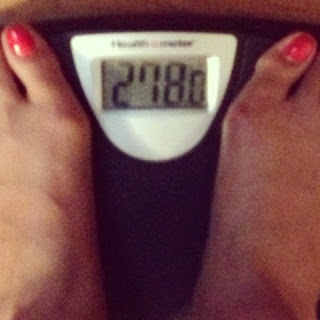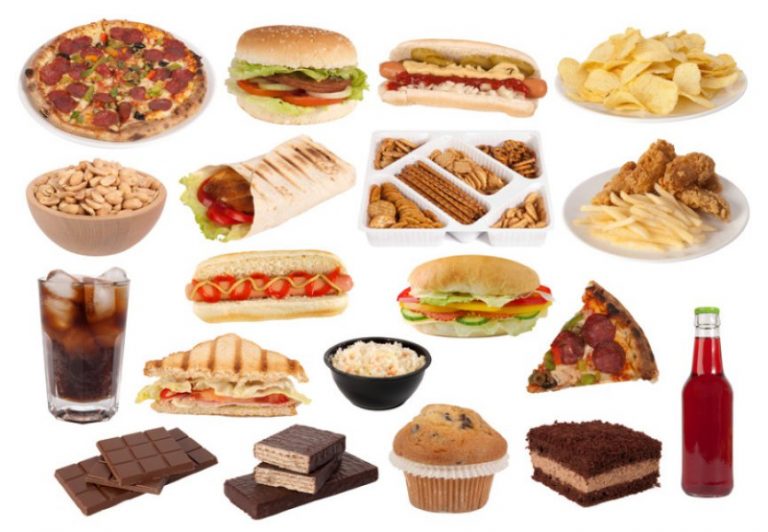
Article by Best Weight Loss Programs Reviews
This is because they appear to satisfy hunger more than traditional diets – protein, it seems, has more staying power than fats and carbs when it comes to promoting fullness and satiety.

Our Ministry of Health advises around 12–15 per cent of our total kilojoules should come from protein, around 30 per cent from fat and the remainder from carbohydrates. This is for general health, not necessarily weight loss. If we are to increase protein, as many weight loss diets today recommend, the problem arises, what do you cut back on – fat or carbohydrates?
Dr Atkins decided carbs were the enemy and restricted them drastically. While people lost weight, they also lost out on a whole range of vital nutrients that healthy carbs provide. As well, it now appears that low-carb diets tend to increase inflammation in the body – not a good formula for long-term health.
That leaves fat as the only option to reduce. Sounds easy, but it must be done carefully. The secret is to reduce saturated fat while not compromising intake of healthy poly- and mono-unsaturated fats. Results from trials show that this appears to be a good formula for sustainable weight loss and long-term mental and physical health. A study recently reported in the American Journal of Clinical Nutrition reported greater satisfaction, less hunger and greater weight loss when fat was reduced to 20 per cent, protein was increased to 30 per cent and carbs accounted for 50 per cent.
Increasing protein while decreasing fat can be a challenge. This is because traditional high-protein foods such as meat, milk and cheese are often high in fat as well. The ideal is to choose protein foods that are LOW in fat, and this is where people often fall down.
When considering upping your protein intake, it is important to remember that each of us is different when it comes to achieving a healthy weight. Choose an approach that keeps feelings of deprivation and hunger at bay, yet ensures adequate nutrient intake while suiting your taste buds at the same time. In my view, it should also be environmentally and globally sustainable, but that might make it all too hard! Whatever you do, it is important to remember that the science around high-protein diets is very new. More research is needed before evidence-based population health recommendations can be made.
If you decide to try a higher-protein approach, the following advice will help you do it in a way that best looks after your health and the planet.
- Resist the urge to upsize meat portions – remember, animal protein is higher in fat and less globally sustainable than plant protein.
- Increase using plant protein – include legumes, nuts and whole grain cereals daily. Learn to like tofu!
- Include fish as often as you can – canned fish and salad make a deliciously satisfying lunch.
- Eggs are low in fat and are satisfying any time of day.
- Choose lean cuts of meat and poultry and trim any fat (this means bacon, too).
- Limit intake of hard cheeses – instead use cottage, ricotta and extra-light cream cheese (5 per cent fat).
- Choose the lowest-fat versions of dairy products and eliminate butter and cream. Low-fat milk or low-fat yoghurt make satisfying snacks.
- Use an oil spray for cooking – remember, each tablespoon of oil has around 15g of fat.
Sample menu
Breakfast
- Baked beans and poached egg on a piece of grainy toast (no butter)
Lunch
- Can of tuna with salad
- Pottle of light yoghurt
- Banana
Dinner
- Chicken and vegetable stir-fry
- Brown rice
Snacks
- Handful of almonds
- Milo made with 1 cup of trim milk
- 3 Vita-Weat crackers with cottage cheese and tomato
This menu has 24 per cent protein, 26 per cent fat (of which only 6g are saturated fat) and 50 per cent carbs. With protein every meal and present in the snacks, this menu will satisfy while promoting health and a healthy weight at the same time.





